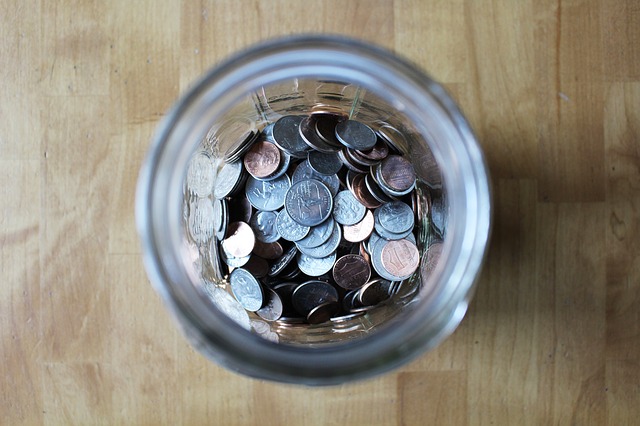FOMC Minutes Reveal Fed Policymakers U-Turn
 Members of the Federal Reserve’s Federal Open Market Committee voted to hold the target range of the federal funds rate to its current range of 2.25 to 2.50 percent. The minutes of the most recent Committee meeting cited softening domestic and global economic conditions as reason for not raising the target federal funds range.
Members of the Federal Reserve’s Federal Open Market Committee voted to hold the target range of the federal funds rate to its current range of 2.25 to 2.50 percent. The minutes of the most recent Committee meeting cited softening domestic and global economic conditions as reason for not raising the target federal funds range.
While labor markets remained strong, the minutes noted that household spending and business investment slowed in the first quarter of 2019. FOMC members expected Gross Domestic Product growth to slow as compared to its 2018 pace.
While current inflation and the national unemployment rate fell in line with the Fed’s dual mandate of seeking maximum employment and price stabilization, inflation fell due to falling fuel prices. The meeting minutes said that the Committee would be patient as it determined which, if any, action would be appropriate regarding the federal funds rate.
Strong Labor Sector Indicators Offset Lower GDP
Labor sector indicators remained strong with a national unemployment rate of 3.80 percent; labor force participation rose and the ratio of employment to population also rose. Strong employment and consumer sentiment readings suggested that more households may transition from renting to buying homes. Home sales recently fell due to affordability issues and rising mortgage rates.
Factors influencing FOMC monetary policy decisions include labor market conditions, inflation expectations and readings on domestic and international financial developments. The meeting minutes noted that near-term adjustments to monetary policy were dependent on changes to current economic outlook according to emerging data. The Committee consistently says that monetary policy positions can change according to developments in global and domestic economic data.
Fed Chair‘s Press Conference
Federal Reserve Chairman Jerome Powell said during his post-FOMC meeting press conference that the Committee’s “wait and see” stance on raising the target range of the federal funds rate was based on information received since growth expectations based on 2018’s economic growth rate of 3.10 percent. As of September 2018, the Fed forecasted economic growth of 2.50 percent in 2019, but subsequent information caused the Fed to downwardly revise its growth estimate.
Mr. Powell said that global economic slowing was expected in Europe and China; unresolved issues including Brexit and ongoing trade negotiations were given as reasons for slower global economic growth. While domestic and international economic forecasts indicated a modest slowdown in economic growth, Chairman Powell said that overall economic conditions remained favorable.
If you are in the market for a new home or interested in refinancing your current property, be sure to consult with your trusted home mortgage professional.

 If you’re staging your home to sell, you may find yourself with more stuff than space. Rather than selling possessions that you’d rather not part with, you can put your things into short-term storage until your home sells and you’re able to move.
If you’re staging your home to sell, you may find yourself with more stuff than space. Rather than selling possessions that you’d rather not part with, you can put your things into short-term storage until your home sells and you’re able to move. Your carbon footprint is the measure of your impact on the earth’s natural resources. This number describes the amount of fossil fuel it takes to support your lifestyle. In the United States, each person produces an average of 19.78 tons of carbon dioxide every year. A high carbon footprint means your daily habits are a quickening drain on our finite resources.
Your carbon footprint is the measure of your impact on the earth’s natural resources. This number describes the amount of fossil fuel it takes to support your lifestyle. In the United States, each person produces an average of 19.78 tons of carbon dioxide every year. A high carbon footprint means your daily habits are a quickening drain on our finite resources.  If you find it difficult to make ends meet, these tips will help you save money in ways that are easy to do and create substantial savings over time.
If you find it difficult to make ends meet, these tips will help you save money in ways that are easy to do and create substantial savings over time. Are you just starting on your real estate investing journey? Many newcomers are surprised to learn that there’s more to making money on the real estate market than buying and selling. These are some of the most popular strategies real estate investors use to create profits. Which one is right for you?
Are you just starting on your real estate investing journey? Many newcomers are surprised to learn that there’s more to making money on the real estate market than buying and selling. These are some of the most popular strategies real estate investors use to create profits. Which one is right for you?